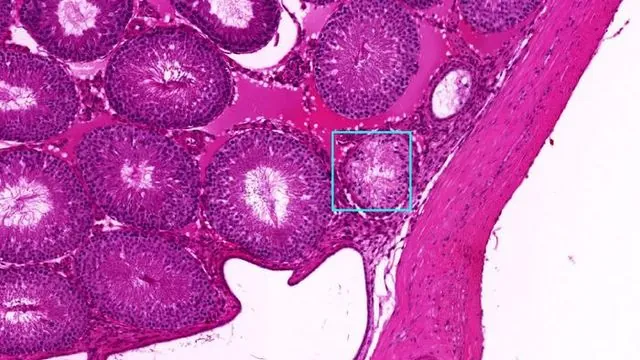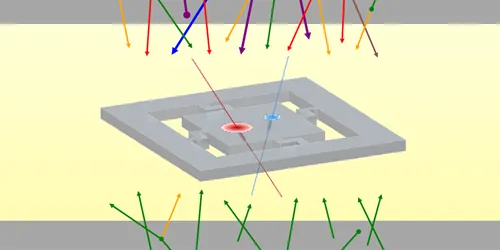
Revolutionary AI Outshines Human Pathologists in Tissue Disease Diagnosis
2024-11-14
Author: Rajesh
Key Highlights:
- Speedy Diagnosis: The WSU AI model can instantly identify diseases in tissue images at a much faster rate than traditional methods, potentially transforming the field of pathology.
- Transforming Research: By efficiently processing gigapixel images, this model shortens the analysis time for large-scale studies from years down to mere weeks.
- Broad Applications: The technology is set to have significant implications for both human and veterinary medicine, particularly in rapid cancer identification and gene-related disease detection.
The AI Breakthrough:
Developed by researchers Colin Greeley and Lawrence Holder, the deep learning model was trained using images from existing epigenetic studies that investigated disease markers in various animal tissues, including kidney, testes, ovarian, and prostate tissues from rats and mice. Subsequent evaluations revealed that this AI model not only performed faster than past models but also identified pathologies missed by human professionals.
Holder emphasized, 'We've created a method to pinpoint disease in tissue more quickly and accurately than traditional human analysis.'
Deep Learning Explained:
The AI employs deep learning techniques that mimic human brain functions, utilizing a complex network of virtual neurons. This model adapts and improves by learning from its mistakes through a process known as backpropagation, refining its performance over time.
Designed to process extremely high-resolution gigapixel images—which can encompass billions of pixels—the WSU team innovatively broke down these hefty files into smaller sections, allowing for swift analysis without compromising contextual insight.
Collaborative Future:
This pioneering AI model is attracting attention from various research fields. In fact, the team is currently partnering with WSU veterinary medicine researchers to explore disease diagnoses in deer and elk tissue samples, showcasing its potential across species.
The implications for human health are vast. Holder anticipates that, with a robust dataset that includes annotated cancer tissue images, the AI model can revolutionize how researchers identify diseases. 'The network we've designed is cutting-edge. Our evaluations against many systems demonstrated superior performance.'
As this technology advances, the possibilities for enhancing diagnostic accuracy and expediting medical research become increasingly exciting. The integration of AI into pathology not only promises to save time but potentially saves lives with earlier and more precise disease detection.



 Brasil (PT)
Brasil (PT)
 Canada (EN)
Canada (EN)
 Chile (ES)
Chile (ES)
 España (ES)
España (ES)
 France (FR)
France (FR)
 Hong Kong (EN)
Hong Kong (EN)
 Italia (IT)
Italia (IT)
 日本 (JA)
日本 (JA)
 Magyarország (HU)
Magyarország (HU)
 Norge (NO)
Norge (NO)
 Polska (PL)
Polska (PL)
 Schweiz (DE)
Schweiz (DE)
 Singapore (EN)
Singapore (EN)
 Sverige (SV)
Sverige (SV)
 Suomi (FI)
Suomi (FI)
 Türkiye (TR)
Türkiye (TR)